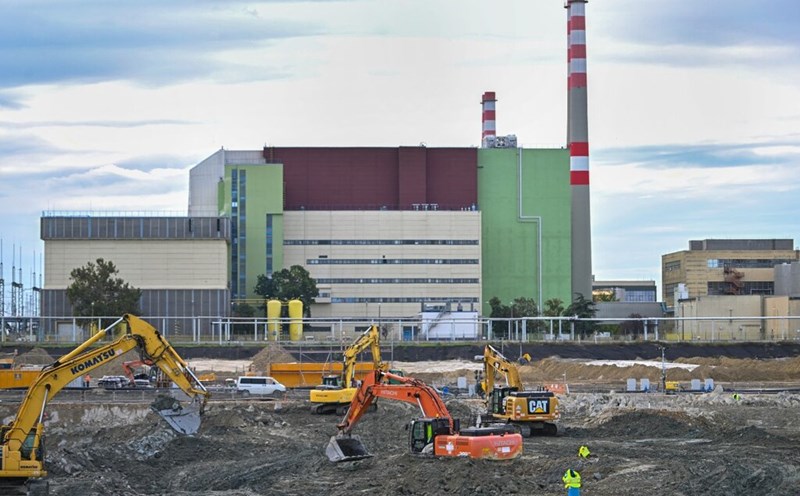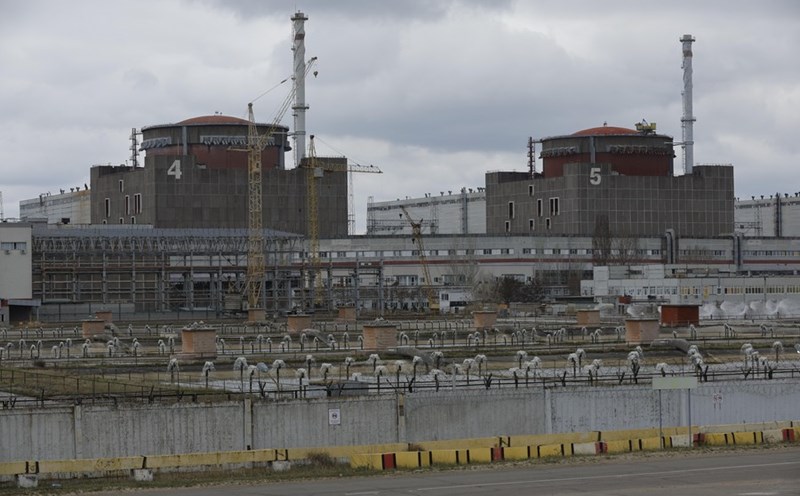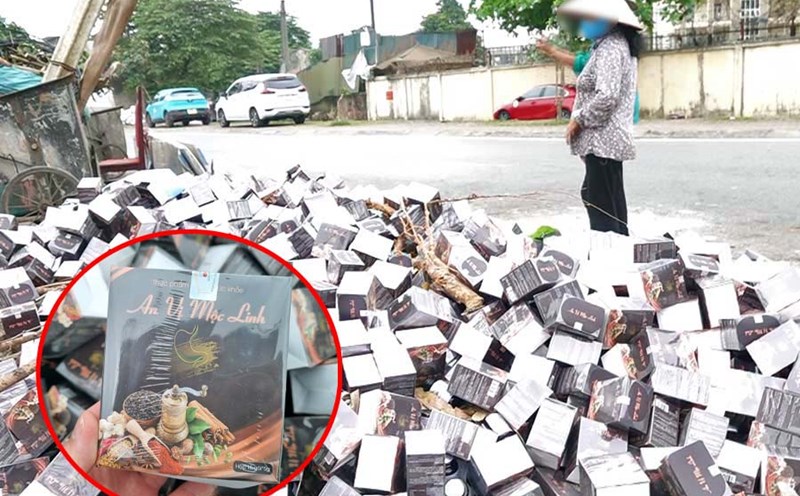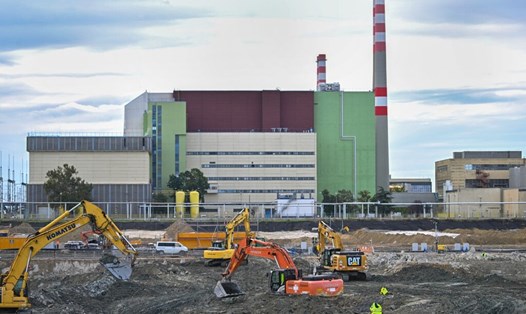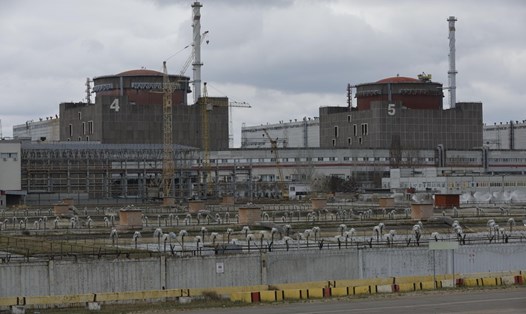The United States believes one of the conditions that can contribute to conflict resolution in Ukraine is to award the neutral regulation to the territory around the Zaporizhzhia nuclear power plant, which may be under the control of Washington, Wall Street Journal quoted information from Western officials.
The Wall Street Journal did not specify which territories around Zaporizhzhia were proposed by Washington to be neutral; and how the US could control these territories and Europe's largest nuclear power plant.
The newspaper also did not say which side would manage Zaporizhzhia if the proposal to establish a neutral zone was agreed to be implemented.
In a phone call with Ukrainian President Volodymyr Zelensky in March this year, US President Donald Trump raised the possibility of the US buying back Ukrainian power plants, including nuclear power plants, emphasizing that this is the solution to provide the best protection for these infrastructure.

According to Western officials, the ideas put forward by the Trump administration do not meet some of Russia's demands. The US will not recognize Russia's legitimate right to control four regions in eastern Ukraine that it claims to have annexed, even though the US does not require Russian troops to leave them. Bloomberg reported earlier that the US has a plan to consider recognizing Russia's occupation of Crimea.
The Zaporizhzhia nuclear power plant, located in Energodar, has six generators with a total capacity of 6 GW. This is Europe's largest nuclear power producer.
At the end of February 2022, shortly after the Russia-Ukraine conflict broke out, the Russian army took over the factory.
Since then, Russia and Ukraine have repeatedly accused the sides of attacking and shelling the plant with drones, heavy artillery and multiple rocket launchers. All six plant complexes of the Zaporizhzhia nuclear power plant are currently on hold, without power generation.
According to TASS, the Zaporizhzhia nuclear power plant currently has enough personnel to ensure safe operation, the equipment is maintained in accordance with all necessary regulations, and strictly controls radioactive and nuclear safety standards under the supervision of IAEA experts.


